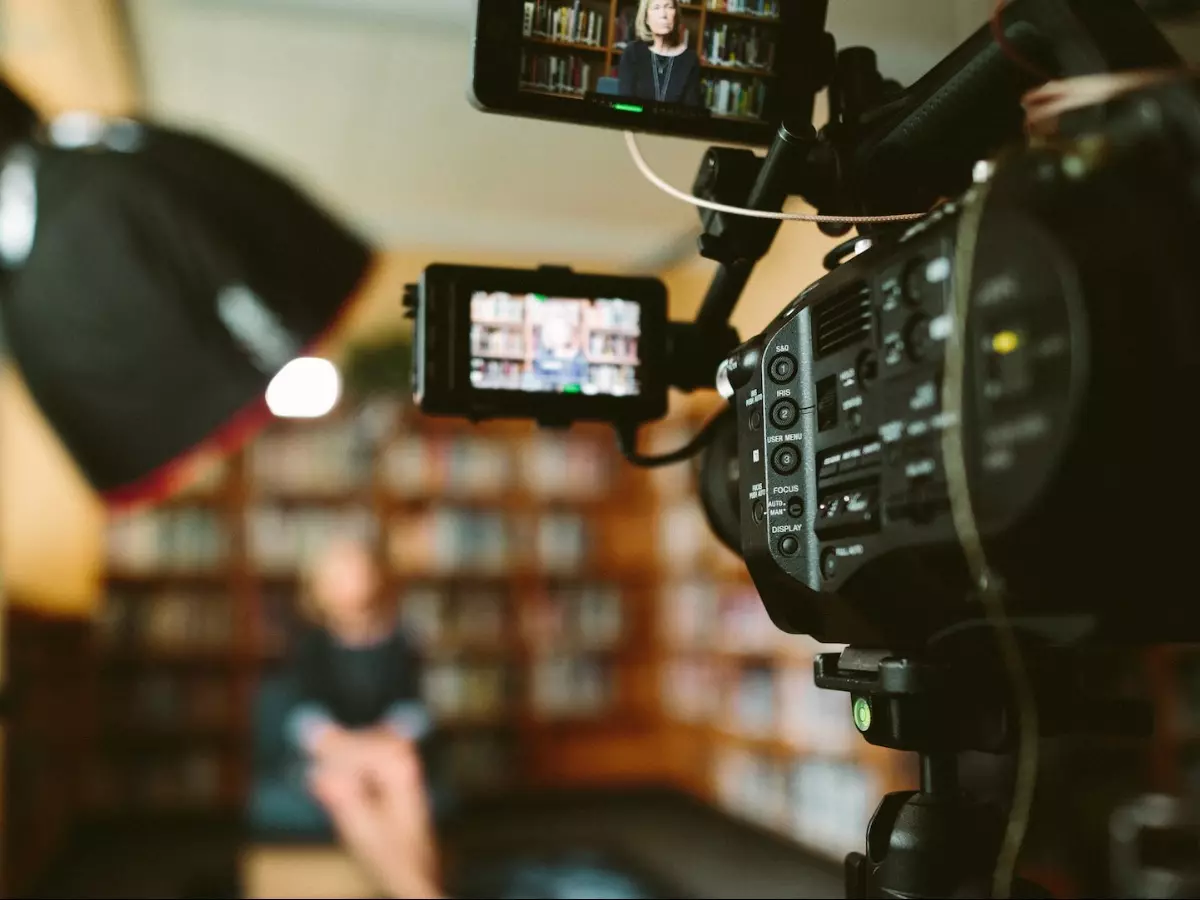Explained: Agenda Setting Theory And Its Relevance Today
Agenda setting theory is a communication theory by Maxwell McCombs and Donald Shaw. According to the theory, the media holds the power to shape and influence public opinion. It determines which topics should receive attention as well as how the narrative around it should be formed. In other words, ¡°the media doesn't necessarily tell people what to think, but it influences what people think about.¡±

Agenda setting theory is a communication theory by Maxwell McCombs and Donald Shaw. According to the theory, the media holds the power to shape and influence public opinion. It determines which topics should receive attention as well as how the narrative around it should be formed. In other words, ¡°the media doesn't necessarily tell people what to think, but it influences what people think about.¡±
The agenda-setting theory suggests that the media not only tells people what to think about but also influences how they think about it. By choosing which aspects of a story to highlight or downplay, the media can shape the public's understanding and interpretation of events. The theory also recognizes that the media's influence is not absolute and that individuals bring their own beliefs, values, and experiences to the process of interpreting media messages.
Agenda setting can occur through both explicit and implicit means. Explicit agenda setting involves direct and overt coverage of certain issues, such as a news outlet dedicating significant airtime or column space to a particular topic. Implicit agenda setting occurs when the media indirectly influences public opinion by framing stories in a particular way or presenting them with a specific emphasis.
 Unsplash/Representational Image
Unsplash/Representational Image
How did the theory originate?
The formulation of the theory can be dated back to 1968 when McCombs and Shaw conducted a research during the presidential elections deemed ¡®the Chapel Hill¡¯ study. They began interviewing one hundred residents of the chapel hill about the most important issue during the election. On the other hand, they co-related with what the media was reporting as ¡®important issues.¡¯
Before McCombs and Shaw, Walter Lippmann in his book ¡®Public Opinion¡¯ (1922) talked about media¡¯s role in influencing public opinion. In chapter 1 of the book, Lippmann argues that mass media plays a role between the events happening in the world and the images in our heads related to it. He puts forward that public do not respond to the actual events in the environment but to the images created by the media in public¡¯s mind (which he named as pseudo-environment). In his book, he says ¡°For the real environment is altogether too big, too complex, and too fleeing for direct acquaintance. We are not equipped to deal with so much subtlety, so much variety, so many permutations and combinations. And although we have to act in that environment, we have to reconstruct it on a simpler model before we can manage with it.¡± For the process of simplification, Media steps in, offering simpler models of the environment and thereby implicitly setting the agenda for the public.
Following the Lippmann¡¯s book, Bernard Cohen in his book ¡®The press and the foreign policy¡¯(1963), observes that media "may not be successful much of the time in telling people what to think, but it is stunningly successful in telling its readers what to think about. The world will look different to different people," He further points out that this is done by ¡°writers, editors, and publishers of the paper they read."
Relevance of the theory in today¡¯s time
 Unsplash/Representational Image
Unsplash/Representational Image
McCombs and Shaw¡¯s Agenda setting theory stands relevant even today for the following reasons:
Media influence: The media continues to play a central role in shaping public opinion and setting the agenda for public. Although the media landscape has expanded to include various digital platforms and social media, the fundamental principle of agenda setting holds true. News outlets, online publications, and social media influencers still have the power to prioritize, frame, and amplify certain issues, thereby shaping what the public considers important.
Information Overload: Due to information overload, individuals rely on media sources to filter and prioritize information. The media's selection and emphasis on particular issues guide individuals in determining what they should focus on, which influences public discourse and decision-making.
Social Media and Digital Platforms: With user-generated content and the ability to share and amplify information rapidly, social media platforms have become influential agenda-setting tools. Individuals, influencers, and online communities can set agendas and generate public discourse by driving attention to specific issues
Democratic Processes and Public Policy: The media's ability to shape public opinion and prioritize certain issues can impact election campaigns, public debates, and policy formulation. Politicians and policymakers are often attentive to the issues gaining traction in the media and public discourse, influencing their policy agendas and priorities.
